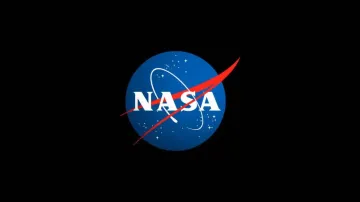NASA has reportedly selected two new mission proposals which aim at exploring the universe via X-ray and far-infrared wavelengths. These missions are part of NASA’s Explorers Programme and have been awarded USD 5 million each for a 12-month concept study. A final decision on which mission will proceed is expected in 2026, with the selected mission planned for launch in 2032.
Focus on uncharted regions of the universe.
Both mission concepts have been designed to investigate areas of the universe which are largely unexplored by humans. Nicola Fox, the Associate Administrator for NASA's Science Mission Directorate has highlighted the significance of these missions. He stated that they could lead to groundbreaking discoveries and align with the priorities which are outlined in the Decadal Survey, a key roadmap for space exploration.
Advanced X-ray Imaging Satellite: Probing supermassive Black Holes
One of the selected proposals is the Advanced X-ray Imaging Satellite, led by Principal Investigator Christopher Reynolds from the University of Maryland, College Park. This mission further aims to delve deeper into the mysteries of supermassive black holes and study stellar feedback, a process which plays a crucial role in galaxy evolution.
Building on the capabilities of previous X-ray observatories, this satellite claims to offer improved imaging techniques with a wider field of view.
Probe far-Infrared Mission: Bridging Gaps in Infrared Exploration
The second proposal is the Probe Far-Infrared Mission, which is being led by Jason Glenn from NASA’s Goddard Space Flight Center. This mission is designed to fill the gap between existing infrared observatories and radio telescopes. Featuring a 1.8-metre telescope, it will explore far-infrared light to address key questions about planetary formation, the behaviour of supermassive black holes, and the role of cosmic dust in the universe.
Pathway to Future Space Exploration
Both proposals were selected for their potential to make significant scientific contributions and their alignment with NASA’s broader space exploration goals. The winning mission will become the first of NASA’s new Probe Explorers class, intended to bridge the gap between flagship missions and smaller-scale initiatives.
ALSO READ: Infinix Hot 50 price drops below Rs 10,000 on Flipkart
ALSO READ: Meta Movie Gen launched to convert Text to Video with Meta’s new AI tool
